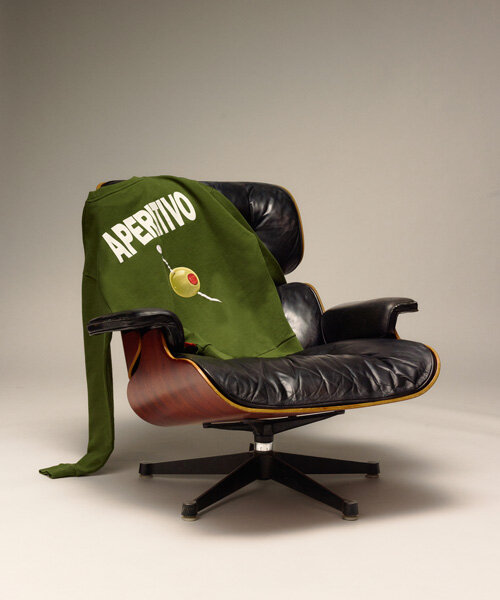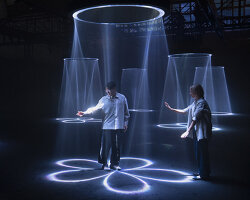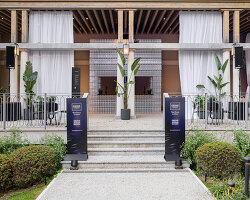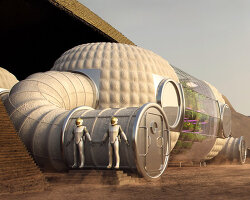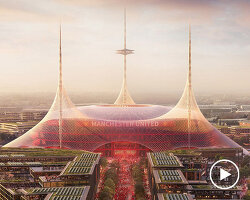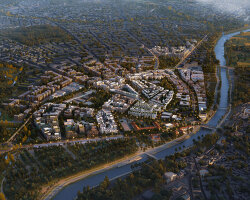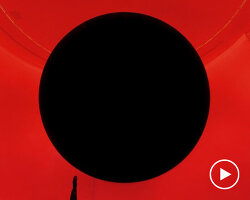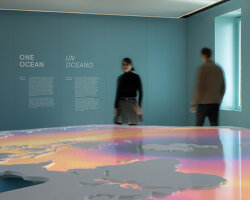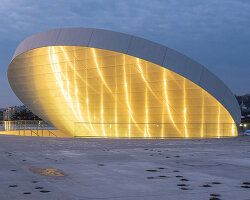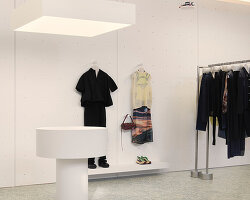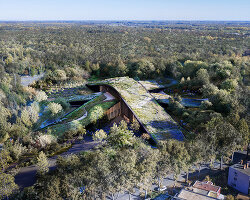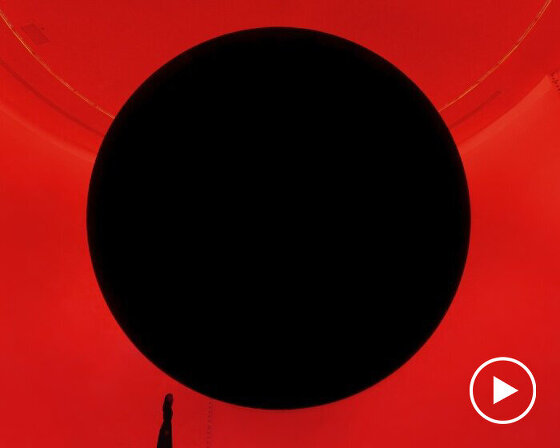celebrating a century of automobile design
Curated by Norman Foster, ‘Motion. Autos, Art, Architecture’ is a journey throughout over a century of automotive creation. Now on display at the Guggenheim Museum in Bilbao, the exhibition explores the connection between the different disciplines, celebrating the beauty and technology of automobiles. Taking over the entire second floor of the museum, the display consists of 38 emblematic and rarely seen cars and 300 other artworks dedicated to motion, including paintings and sculptures by renowned artists. Check out some of the most fascinating designs below and discover even more about the exhibition in our previous feature here.
‘Perhaps that is a big message today, we have to do more with less, we have to have more mobility, less risk, consume less energy, and it has to be more fun. As you move through this gallery and you see the different colors, the different shapes, you realize it’s an incredible richness of variety and this is a very interesting lesson there for the future,’ said the architect at the exhibition opening.
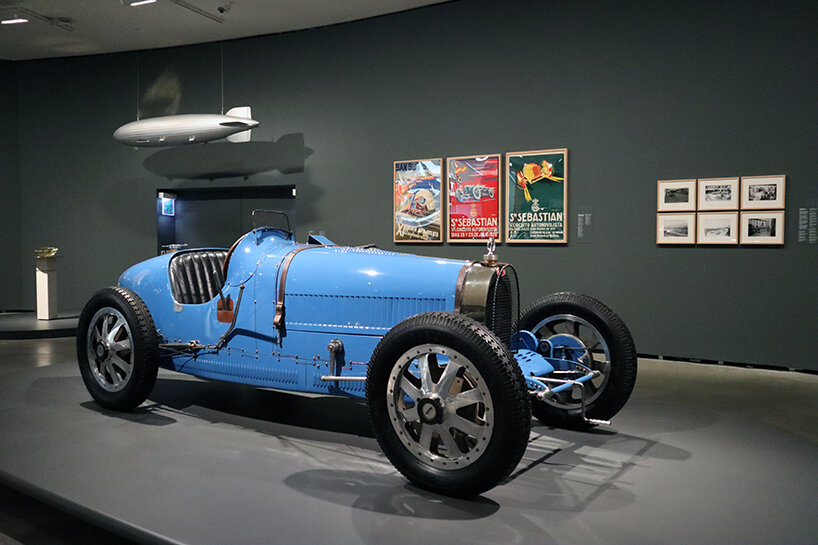
Bugatti Type 57SC Atlantic, 1936
All images ©designboom unless stated otherwise
exploring the future of mobility
At the opening, the curator of the show Norman Foster discussed with Herbert Diess (Volkswagen AG), Ignacio Gálan (Iberdrola), and museum director Juan Ignacio Vidarte about the history of the automobile and the mobility of the future. Through this exhibition, the well-known British architect explores the cultural links between motors, art, and architecture, the ‘cultural synergy’ as he names it. Visitors are invited to discover the beauty of automobiles fused into the parallel worlds of painting, sculpture, architecture, photography, and film. The exhibition is divided into seven galleries themed approximately in chronological order, echoing the role of the cars and spotlighting crucial issues of each era, such as sustainability. Wandering the galleries, one can notice iconic cult objects glorified in cinematography, be incorporated into the projects, illustrating modernity, speed, and the future. As a result, the exhibition explores the affinities of the car’s transformation tied to the evolution of visual culture.
‘It’s never been an exhibition, which brings together different disciplines and creates a forum here, where we can be talking about energy, the future, mobility, pollution. So I approached the Guggenheim, in New York, with the idea. And out of that, some time afterward, I was approached by Juan Ignacio who invited me to put together a team and create this exhibition. So that’s the background to bring together those different worlds and celebrate the fusion of everything which creates our everyday existence because we take the automobile for granted. And it has transformed the planet, and it will transform it further in optimistic directions,’ he mentioned in the Q&A session.
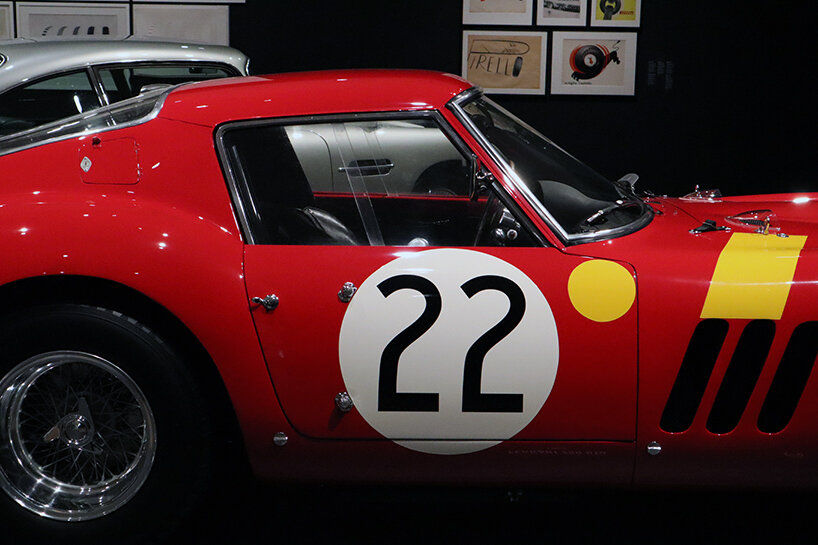
Ferrari, 250 GTO, 1962. Ten Tenths, United Kingdom
According to the architect, the first car he drove was a 1935 morris eight. ‘Perhaps if I had to pick one automobile, it would be bringing back to life, an original dymaxion, which was the creation of Buckminster Fuller and designer Starling Burgess,’ adds the initiator of the show. Interestingly it compares with the Ford Sedan, but thanks to its extraordinarily streamlined shape, it would go faster on less fuel and carry more people.
‘I’ve always been passionate about design in locomotives, aircraft, cars. I’ve been privileged to pilot many different kinds of sailplanes, helicopters, power planes, jets, to be able to drive a wide variety of vehicles, and professionally have engaged with different disciplines to realize that buildings, the infrastructure — which is the urban glue that binds the individual buildings together — create the DNA of a city,’ he noted to a question.
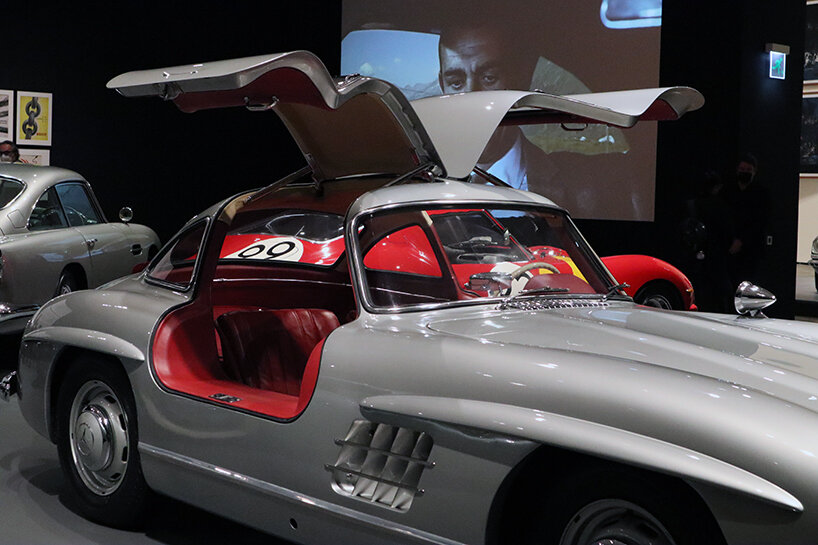
Mercedes-Benz 300 SL, 1955. Private collection, Bilbao, Spain
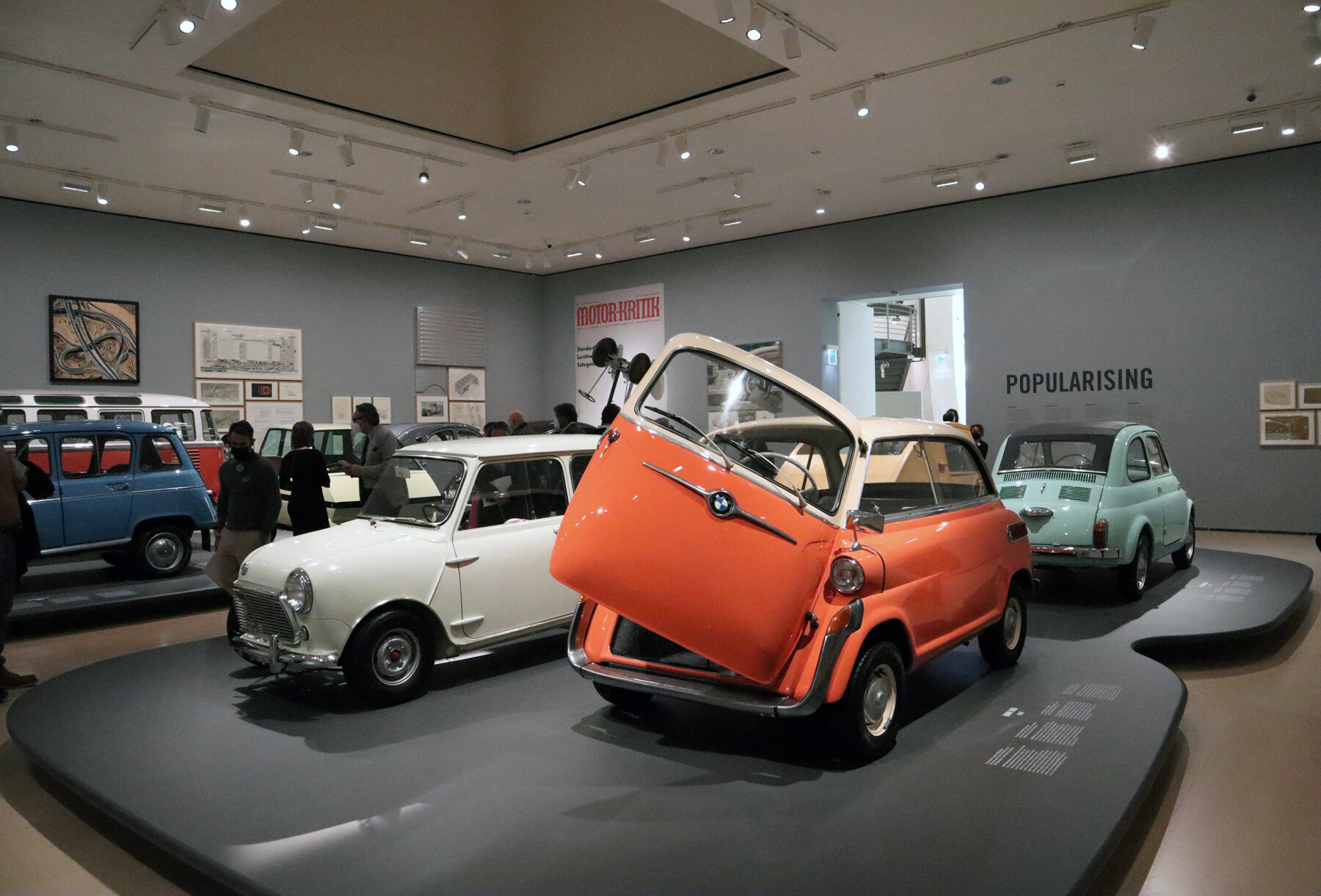
BMW 600, 1957. Foster Family Collection
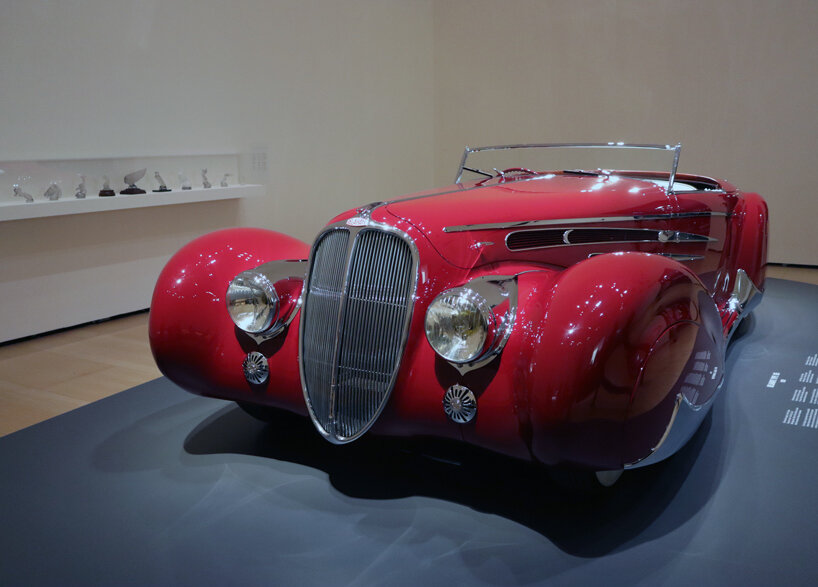
Delahaye Type 165, 1939. Mullin Enterprises
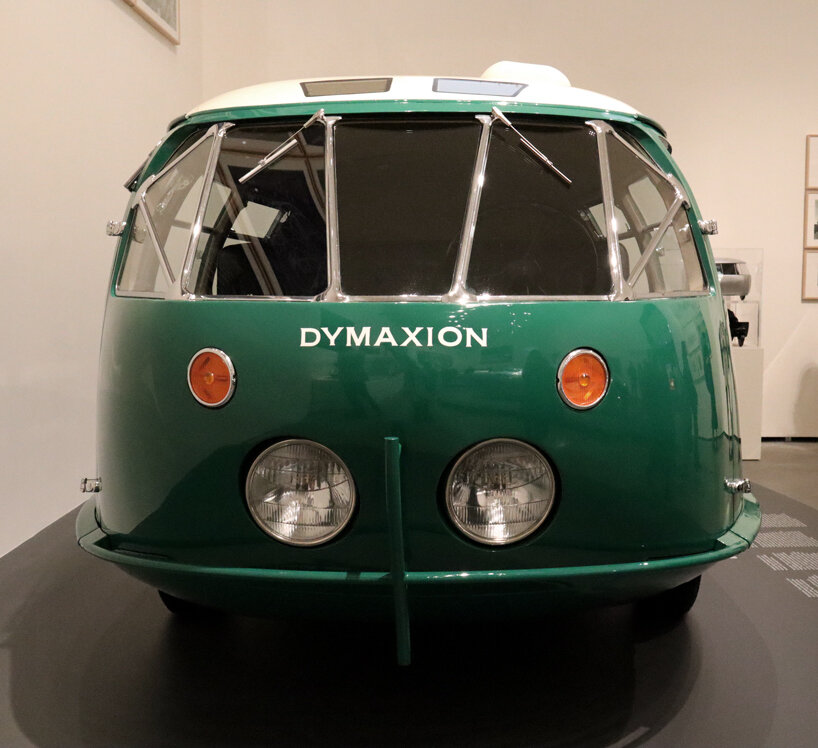
Dymaxion Car #4, 2010. Foster Family Collection
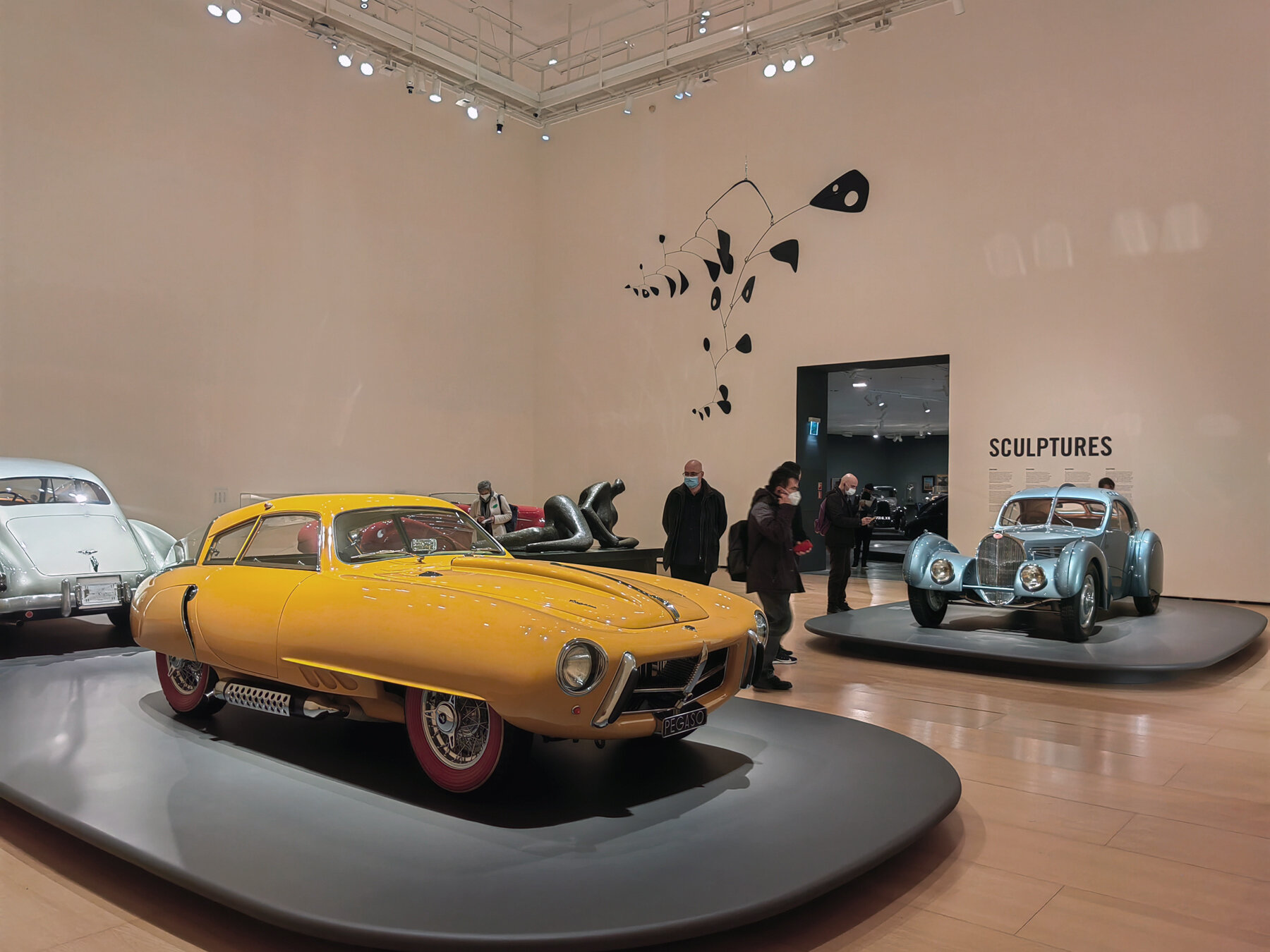
Pegaso Z-102, Cupula, 1952. Louwman Museum, The Netherlands
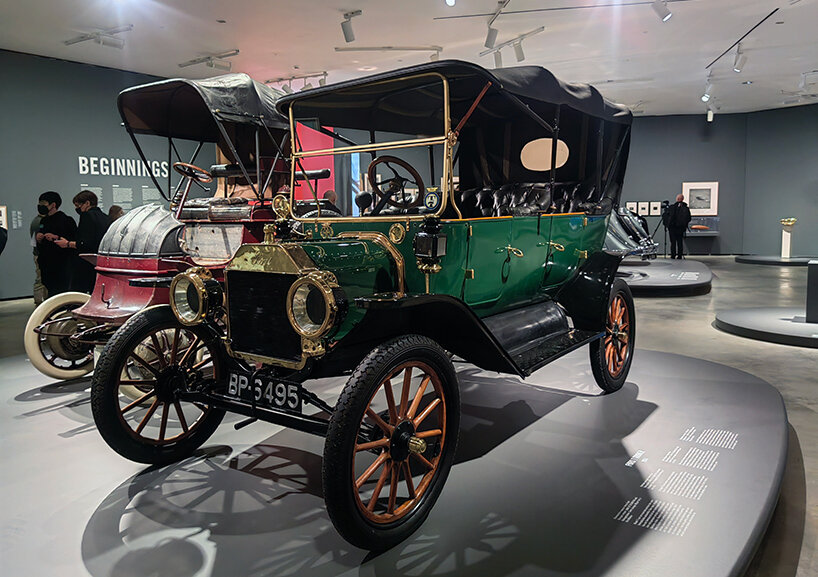
Ford T Tourer, 1914. Torre Loizaga, Spain
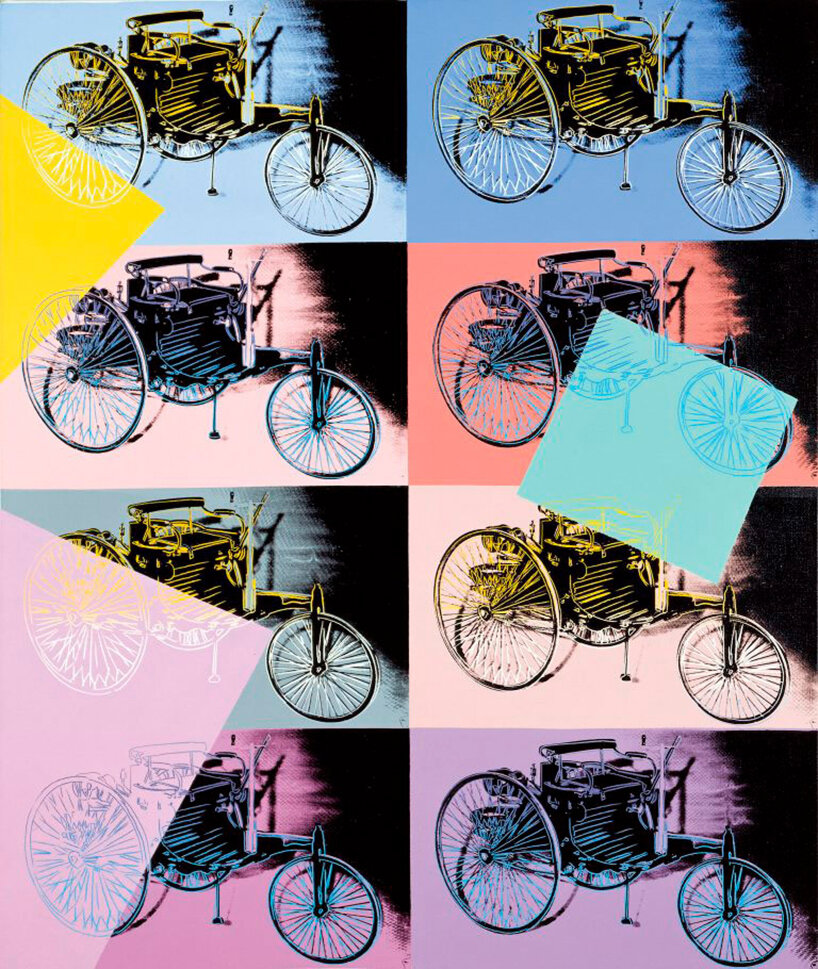
Andy Warhol, Benz patent motor car (1886), 1986
© 2022, the Andy Warhol Foundation for the visual arts, inc./vegap
Image by Uwe Seyl
exhibition info:
name: Motion. Autos, Art, Architecture
museum: Guggenheim Museum Bilbao
concept and design: Norman Foster
curation: Lekha Hileman Waitoller, Manuel Cirauqui, Norman Foster Foundation
dates: April 8 – September 18, 2022
